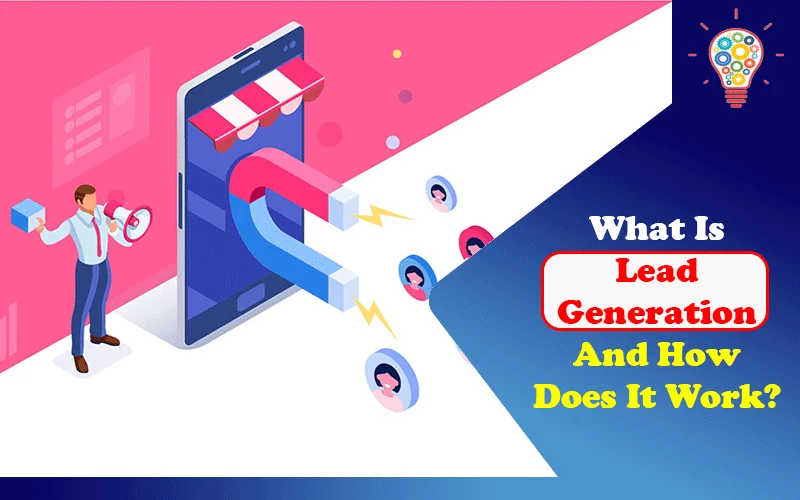For any business, generating leads is a key to success. It requires a huge amount of investment and time in order to get the customer under your brand name. Your lead generation strategy determines how many sales you are going to make.
So what is Lead Generation? Lead generation could be described as the process where your customers contact your company to buy your products or service. It is a whole process of finding potential customers for your business and converting them into clients.
Table of Contents
The importance in the post-Covid world:
The Covid pandemic and resulting lockdowns have increased the importance and demand of online lead generation. More and more people are searching for products or services online. This means all types of businesses have to improve their online presence. If you do not show when they search, you will lose potential customers.
Offline vs. Online lead generation:
There are a lot of lead generation channels available. You can choose them based on cost and effectiveness.
Offline Sources:
These could include brochures, flyers, posters etc. It mainly focuses on the distribution of information to local community members. The problem with this is that the spread of information is very low. Also, you will not have access to the internet customer. The only benefit from these sources are that it has generally little cost.
Online Sources:
These include various lead generation strategies to increase your visibility online and reach potential customers across the Internet. It can be anywhere from SEO, social media marketing, pay-per-click ads, etc.
How does lead generation work?
Lead generation is a simple process. You will start by creating a website or landing page. Make sure that the website’s loading speed, sales copy, and call to action is good. All these things are integral for a good conversion rate.
Once you have the website, it’s time to get target customers on your website. This is easier said than done.
Paid Traffic:
PPC platforms like Google Adwords or Facebook Ads allow you to reach your target customers. You can select your target customer based on their location (country, region etc), economic status, educational level and age. Google Adwords allows you to target people who are searching for a product or service that you are selling.
Do not waste your time in generating leads who will not buy anything from you. This will result in a loss of profit.
Organic traffic:
SEO is the most cost-effective way to get targeted traffic. You can optimize your website for search engines and increase the number of people visiting it. The search engine rankings will take a few months. But once you get ranked and start to get free visitors, the traffic will be much cheaper than the paid traffic.
Once people visit your website, you will need to track their behavior in order to get valuable information about them. You can do that by implementing Google Analytics on your website.
Social media platforms:
Another source of organic traffic is social networking sites like Facebook, Instagram etc. This will take even more time than SEO since the organic reach on these platforms is quite low. However, you can build good followership with patience and persistence.
Lead nurturing:
Very few people will convert into buyers when they visit your website for the first time. You have to get their email or number and follow up with interesting content or offers. This process is called Lead nurturing. You can send emails or text messages to your target customer, reminding them about your products and services. Make sure the contacts are based on their interest and behavior on the website.
Here’s what you need to nurture leads.
- Follow up in a timely manner. Do not do it after a long time. This can make them think you are a scammer. Do not send too many messages, as this can annoy your customers.
- Personalize as much as you can. It’s not enough to personalize to the point of adding their first name in the message. Instead, create segmented lists and send different offers or emails to different segments.
- Use lead scoring. You can score the lead based on his behavior. This will help you in understanding which ones are ready to buy and which ones are not.
- Created remarketing campaigns. Your website visitors may find several products from your website interesting, but they may not buy anything at the time being. This is an opportunity for you to remarket your products.
This is just the basics.
Lead generation is all about understanding your target customers’ journey from awareness to decision and creating campaigns that address all their concerns.
Read Also: Top 5 Benefits of Marketing Funnels for Small Businesses

